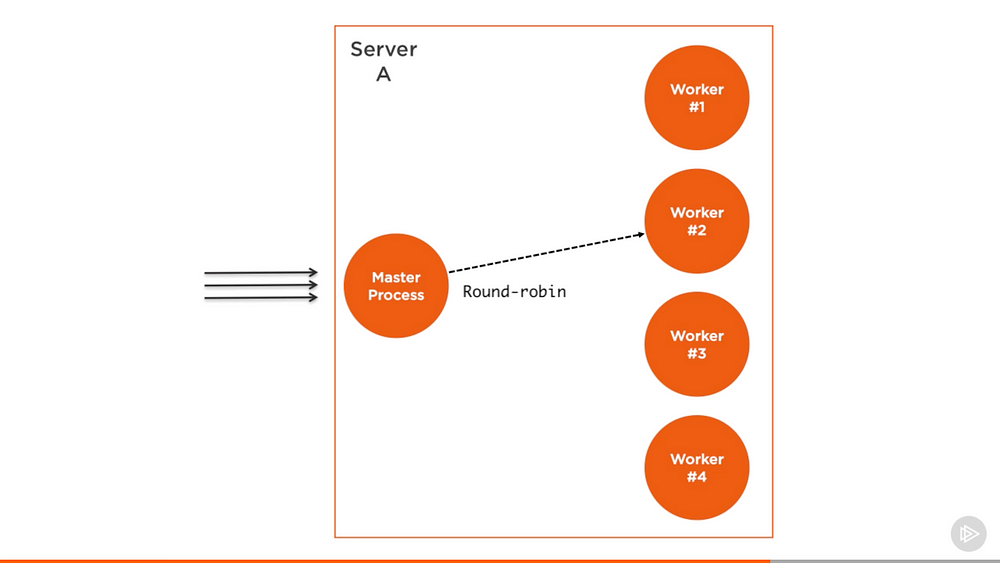Simple Diary Application using node.js express framework
Building a RESTFUL API with NODE, pure Raw MongoDB query on Diary Application
For Listing Data I have used Jquery DataTables plugin as Server Side Rendering Tables Using Ajax Call
Used Server side Template Engine as pug
Added Searching Functionality using Jquery.
You can download this repository by using the green Clone or Download button on the right hand side of this page. This will present you with the option to either clone the repository using Git, or to download it as a zip file.
If you want to download it using git, copy paste the link that is presented to you, then run the following at your terminal:
https://github.com/Rahul-Barick/diary-application
cd diary-application
npm install
After Downloading Run the Each Command From queries.txt on the terminal or Download the
RoboMongo and Insert the command
nodemon diary-app.js
Now is a good time to seque into some tooling that will make things much easier when developing Node applications.
Nodemon is a utility that will monitor for any changes in your source and automatically restart your server.
Login Route http://localhost:3000/login
-
The cluster module can be used to enable load balancing over an environment’s multiple CPU cores. It’s based on the child process module fork method and it basically allows us to
forkthe main application process as many times as we have CPU cores. It will then take over and load balance all requests to the main process across all forked processes. -
The cluster module is Node’s helper for us to implement the cloning scalability strategy, but only on one machine.
-
Cluster module does is simple We create a master process and that master process forks a number of worker processes and manages them. Each worker process represents an instance of the application that we want to scale. All incoming requests are handled by the master process, which is the one that decides which worker process should handle an incoming request.
-
The master process’s job is easy because it actually just uses a round-robin algorithm to pick a worker process.
-
The round-robin algorithm distributes the load evenly across all available processes on a rotational basis. The first request is forwarded to the first worker process, the second to the next worker process in the list, and so on. When the end of the list is reached, the algorithm starts again from the beginning.
-
One of the simplest and most used load balancing algorithms.
-
One of the simple benchmark of how many requests this server can handle per second. So we are using Apache Benchmarking tool
-
Run the command on command line
ab -c200 -t10 http://localhost:3000/to each api end point.This command will test-load the server with 200 concurrent connections for 10 seconds.
Important : First start the node server eg:- node diary-application.js then test-load the server as developer perspective
rahul@rahul-HP-Pavilion-15-Notebook-PC:~/diary-application$ ab -c200 -t10 http://localhost:3000/notes/list
This is ApacheBench, Version 2.3 <$Revision: 1706008 $>
Copyright 1996 Adam Twiss, Zeus Technology Ltd, http://www.zeustech.net/
Licensed to The Apache Software Foundation, http://www.apache.org/
Benchmarking localhost (be patient)
Completed 5000 requests
Completed 10000 requests
Completed 15000 requests
Finished 17409 requests
Server Software:
Server Hostname: localhost
Server Port: 3000
Document Path: /notes/list
Document Length: 49 bytes
Concurrency Level: 200
Time taken for tests: 10.000 seconds
Complete requests: 17409
Failed requests: 0
Non-2xx responses: 17414
Total transferred: 6802577 bytes
HTML transferred: 853281 bytes
Requests per second: 1740.85 [#/sec] (mean)
Time per request: 114.886 [ms] (mean)
Time per request: 0.574 [ms] (mean, across all concurrent requests)
Transfer rate: 664.30 [Kbytes/sec] received
Connection Times (ms)
min mean[+/-sd] median max
Connect: 0 0 1.3 0 17
Processing: 17 114 12.3 113 188
Waiting: 9 111 11.9 110 185
Total: 29 114 11.7 113 188
Percentage of the requests served within a certain time (ms)
50% 113
66% 116
75% 119
80% 121
90% 127
95% 133
98% 148
99% 155
100% 188 (longest request)
On my machine, the single node server was able to handle about 1740 requests per second.
as you can see on the terminal Requests per second: 1740.85 [#/sec] (mean)
The results here will be different on different platforms and this is a very simplified test of performance that’s not a 100% accurate, but it will clearly show the difference that a cluster would make in a multi-core environment.
Now we have a reference benchmark, we can scale the application with the cloning strategy using the cluster module.
Copyright (c) 2018 Rahul Barick
Permission is hereby granted, free of charge, to any person obtaining a copy of this software and associated documentation files (the "Software"), to deal in the Software without restriction, including without limitation the rights to use, copy, modify, merge, publish, distribute, sublicense, and/or sell copies of the Software, and to permit persons to whom the Software is furnished to do so, subject to the following conditions:
The above copyright notice and this permission notice shall be included in all copies or substantial portions of the Software.
THE SOFTWARE IS PROVIDED "AS IS", WITHOUT WARRANTY OF ANY KIND, EXPRESS OR IMPLIED, INCLUDING BUT NOT LIMITED TO THE WARRANTIES OF MERCHANTABILITY, FITNESS FOR A PARTICULAR PURPOSE AND NONINFRINGEMENT. IN NO EVENT SHALL THE AUTHORS OR COPYRIGHT HOLDERS BE LIABLE FOR ANY CLAIM, DAMAGES OR OTHER LIABILITY, WHETHER IN AN ACTION OF CONTRACT, TORT OR OTHERWISE, ARISING FROM, OUT OF OR IN CONNECTION WITH THE SOFTWARE OR THE USE OR OTHER DEALINGS IN THE SOFTWARE.
